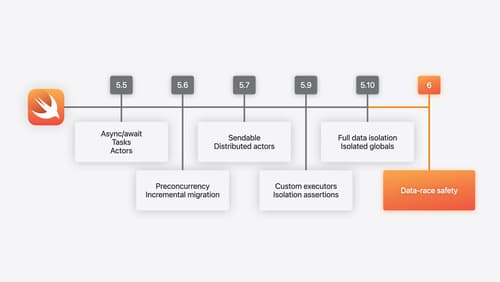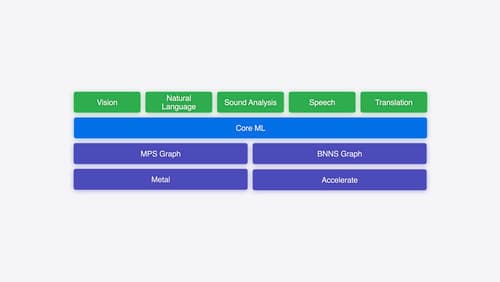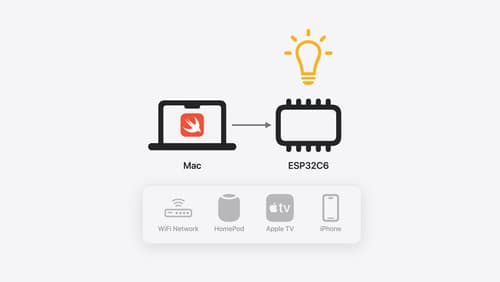How do I configure Xcode to compile another open source repository as a library within my project ?
Asked on 2024-07-31
1 search
To configure Xcode to compile another open source repository as a library within your project, you can follow these general steps:
-
Add the Open Source Repository to Your Project:
- Clone the repository or add it as a submodule to your project.
- Drag the repository folder into your Xcode project navigator.
-
Set Up the Build Settings:
- Go to your project settings in Xcode.
- Under the "Build Settings" tab, ensure that the paths to the headers and libraries of the open source repository are correctly set. You might need to adjust the "Header Search Paths" and "Library Search Paths".
-
Create a Bridging Header (if needed):
- If the open source repository is written in C or Objective-C and you are using Swift, you will need a bridging header to expose the C/Objective-C code to Swift.
- Create a new header file in your project (e.g.,
Bridging-Header.h). - Add import statements for the headers of the open source library in this bridging header.
-
Modify the Build Phases:
- In the "Build Phases" tab of your project settings, ensure that the source files of the open source repository are included in the "Compile Sources" phase.
- If the repository includes precompiled libraries, add them to the "Link Binary With Libraries" phase.
-
Enable Explicitly Built Modules (if applicable):
- For better build performance and reliability, you can enable explicitly built modules in Xcode 16.
- Go to the "Build Settings" tab, type "explicitly built" in the filter box, and set the "Explicitly Built Modules" setting to "Yes".
For more detailed information on explicitly built modules, you can refer to the session Demystify explicitly built modules from WWDC 2024.
Relevant Sessions
These sessions provide insights into module management and interoperability, which can be useful when integrating open source libraries into your Xcode project.

What’s new in Swift
Join us for an update on Swift. We’ll briefly go through a history of Swift over the past decade, and show you how the community has grown through workgroups, expanded the package ecosystem, and increased platform support. We’ll introduce you to a new language mode that achieves data-race safety by default, and a language subset that lets you run Swift on highly constrained systems. We’ll also explore some language updates including noncopyable types, typed throws, and improved C++ interoperability.

Explore machine learning on Apple platforms
Get started with an overview of machine learning frameworks on Apple platforms. Whether you’re implementing your first ML model, or an ML expert, we’ll offer guidance to help you select the right framework for your app’s needs.

Go small with Embedded Swift
Embedded Swift brings the safety and expressivity of Swift to constrained environments. Explore how Embedded Swift runs on a variety of microcontrollers through a demonstration using an off-the-shelf Matter device. Learn how the Embedded Swift subset packs the benefits of Swift into a tiny footprint with no runtime, and discover plenty of resources to start your own Embedded Swift adventure.
